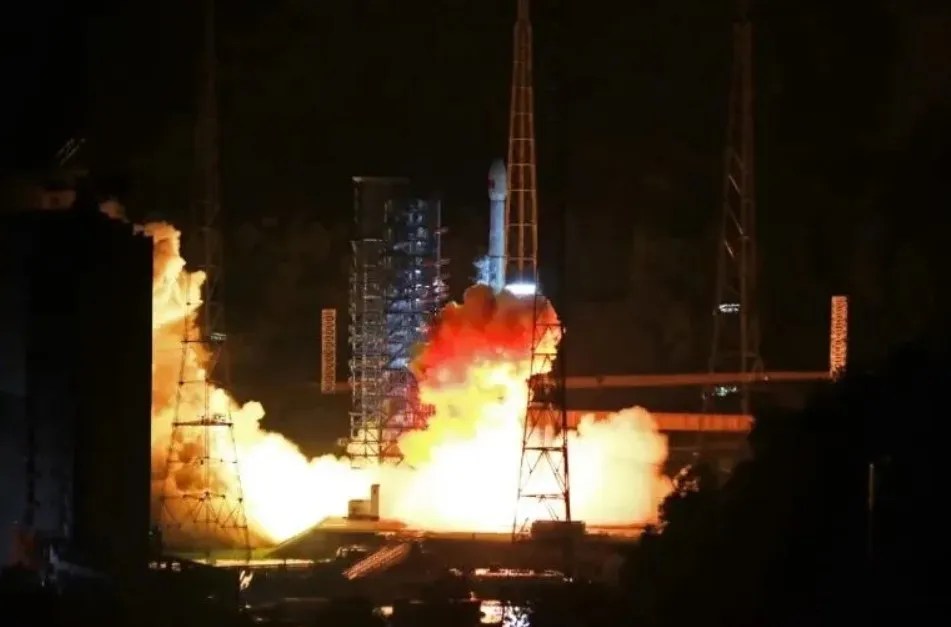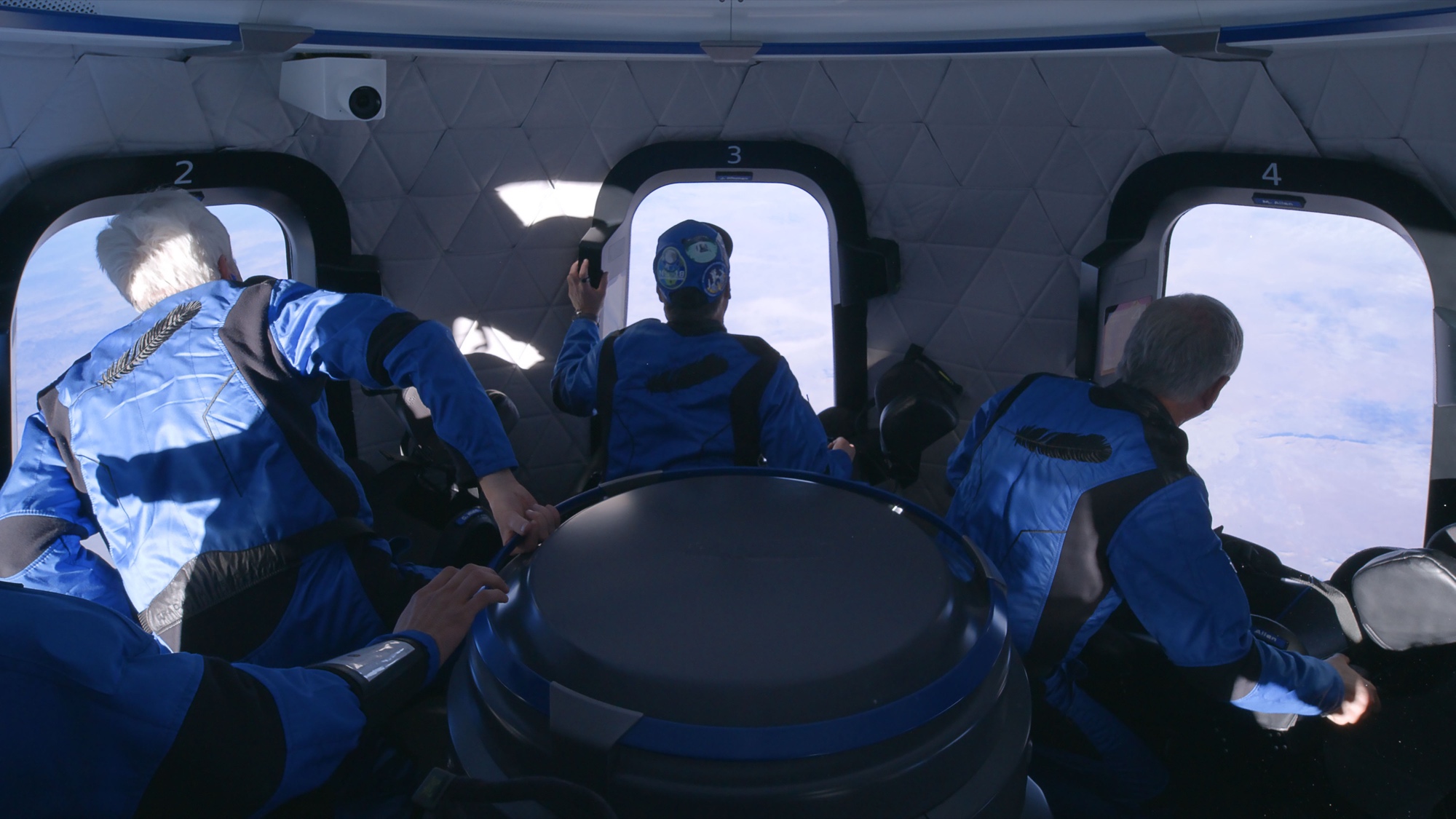HELSINKI — China launched a new communications satellite towards geostationary orbit Thursday, although its precise role remains undisclosed.
A Long March 3B lifted off from Xichang Satellite Launch Center, southwest China, at 9:50 a.m. Eastern, Oct. 10 (1350 UTC). The China Aerospace Science and Technology Corporation (CASC) declared the launch was a complete success over an hour after liftoff.
CASC revealed the previously undisclosed payload for the launch to be High orbit internet satellite-03 (Weixing Hulianwan Gaogui-03). It follows the first and second satellites in series, launched Feb. 29 and Aug. 1 respectively.
The new satellite was developed by CASC’s China Academy of Space Technology (CAST), while another CASC institute, CALT, provided the launcher. It was the 99th launch of the Long March 3B rocket.
Neither CASC nor Chinese media reports revealed details of the new satellite or its uses. No images of the satellite, nor an indication of the satellite platform and its potential uses or customers, were provided. While the spacecraft is described as a “high-orbit internet services satellite,” the satellite will operate in geostationary orbit.
State media Xinhua reported in November 2023 that a first high orbit internet satellite had been completed. It would be used to provide coverage for the entirety of China and key areas along the “Belt and Road” initiative. The first high orbit internet satellite is located at 33.7 degrees. The location could allow it to provide services to Africa and the Middle East.
The lack of publicly available information raises speculation about its potential uses, which could include military applications.
The satellite, if confirmed for communications purposes, would enhance China’s global internet coverage through space infrastructure. This includes low Earth orbit megaconstellations Guowang and Thousand Sails/Qianfan, medium Earth orbit satellites, and the existing ChinaSat and Apstar satellites in GEO.
Observational astronomers recently produced a paper indicating the first 18 Thousand Sails/Qianfan satellites are significantly bright and pose a new challenge for astronomers.
China is also planning a space infrastructure system that would integrate communications with navigation and positioning and remote sensing.
The launch was China’s 47th of 2024. CASC stated early this year that the country aimed to launch around 100 times across 2024. That number included around 30 launches from commercial providers.
The space and defense giant more recently stated in late September that it plans to conduct more than 20 launches before the end of the year. This will include the launch of the crewed Shenzhou-19 mission in late October. The Tianzhou-8 cargo mission will also launch to the Tiangong space station around November.
Meanwhile, the new Long March 12 rocket is expected to have its inaugural flight from a new commercial spaceport in the near future. Commercial plans may have been slowed due to safety concerns following a first stage static-fire test in June which saw the large, fully fueled stage escape from the test stand.



